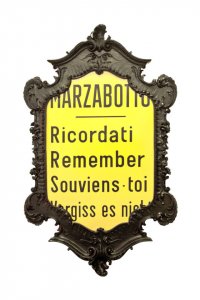Creation, aura, market. From the artist's novel to the novel of the arts
Abstract
This essay looks at the function of the artist and of figurative arts in three contemporary novelists: Don DeLillo, Michel Houellebecq, and Roberto Bolaño. While the Modernist Künstlerroman showed a quasi-religious respect for the work of art (and hence for the form, seen as an act of opposition to a reality where “the centre does not hold”), Underworld, La carte et le territoire, Amuleto, and 2666, could be labeled as examples of a ‘novel of the arts’: the artist’s role is secondary to that of the artistic product. I try to demonstrate how art’s antagonistic and cognitive role is threatened by the market logic and by the mass media, which rebuild what Walter Benjamin would call an aura. The work of art, and its creator, in the society “after the end of art” are between their absorption by the cultural-medial circus and a marginality which could condemn them to irrelevance. In all cases, the space in which the work of art still survives and maintains its features (like its capacity to “vandalize the eyeballs” and thus to renovate the perception) is a narrow and precarious one: the novels analysed here are built on a blocked dialectic which has no synthesis.
Downloads
Published
How to Cite
Issue
Section
License
Copyright (c) 2023 Elephant & Castle

This work is licensed under a Creative Commons Attribution 4.0 International License.






